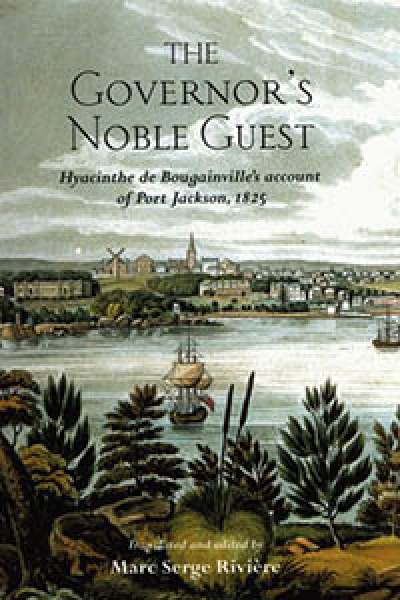History
Street Seen: A History of Oxford Street by Clive Faro and Garry Wotherspoon
by Gary Simes •
The Sentimental Nation: The making of the Australian Commonwealth by John Hirst
by Geoffrey Bolton •
The Fighting Spirit of East Timor: The life of Martinho da Costa Lopes by Rowena Lennox
by Richard Lunn •
The Birth of Sydney edited by Tim Flannery & Buried Alive, Sydney 1788-92 by Jack Egan
by Robyn Annear •
The Governor’s Noble Guest: Hyacinthe de Bougainville’s account of Port Jackson, 1825 edited by Marc Serge Rivière
by Alan Frost •
Inside the Rocks: The archaeology of a neighbourhood by Grace Karskens
by Robyn Annear •
The Country of Lost Children: An Australian anxiety by Peter Pierce
by Laurie Clancy •










